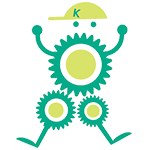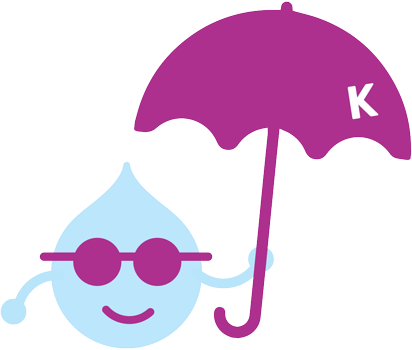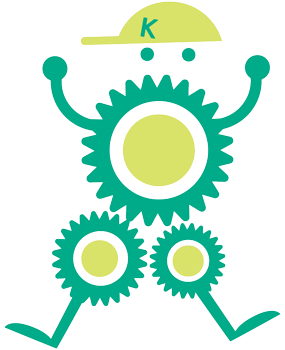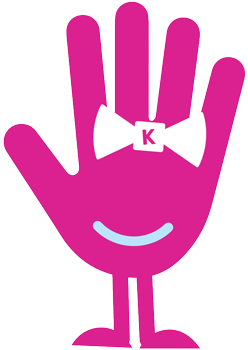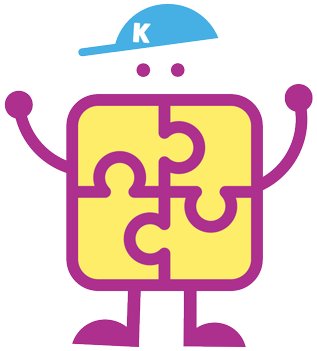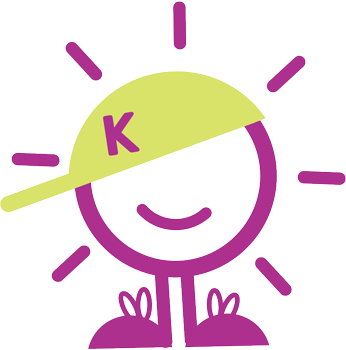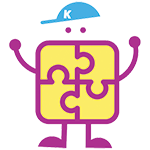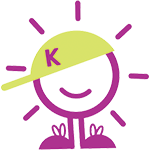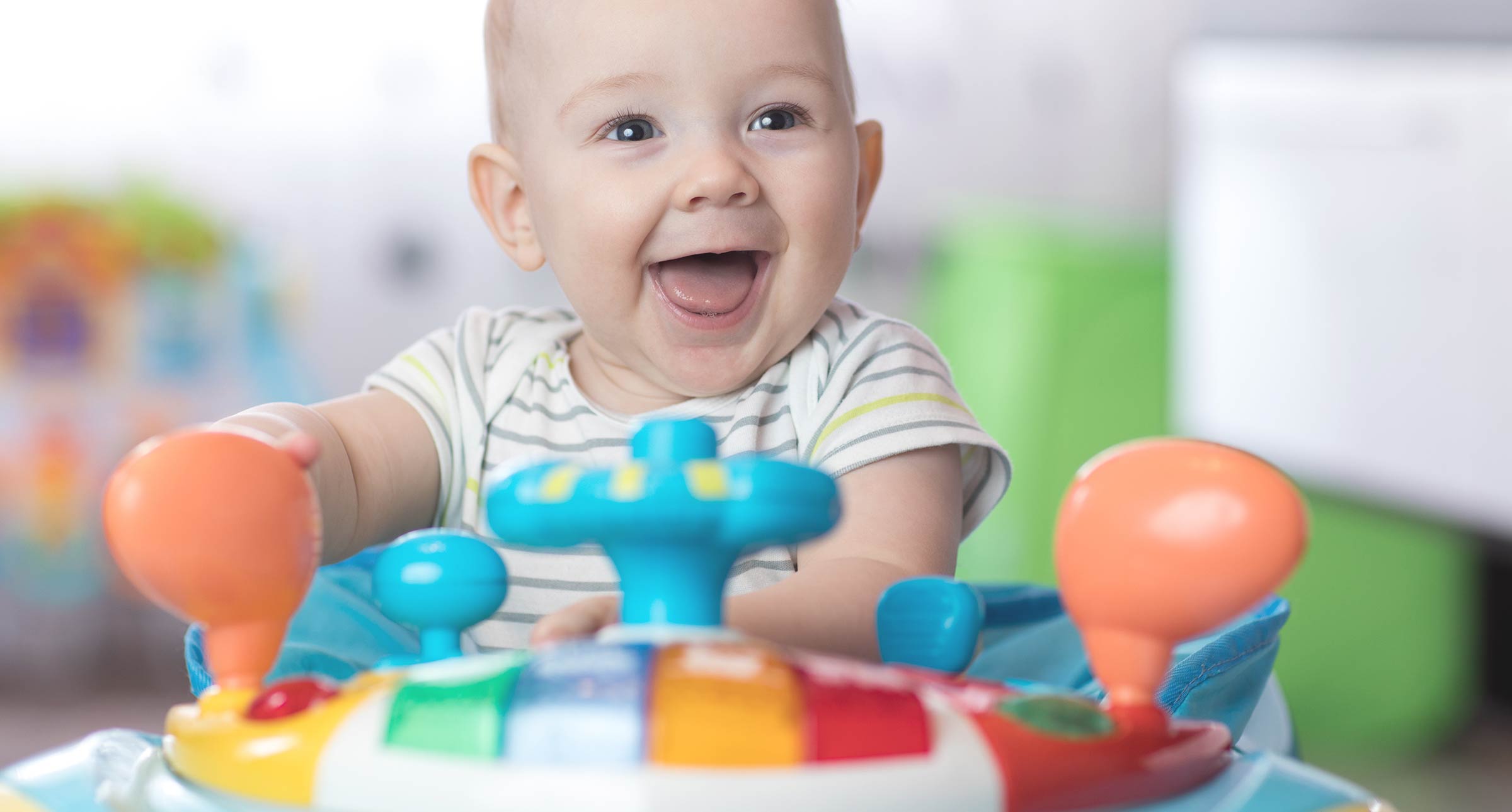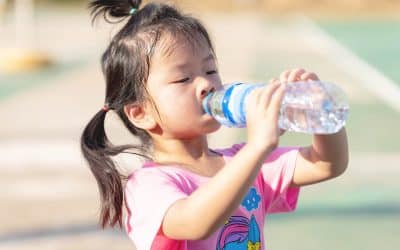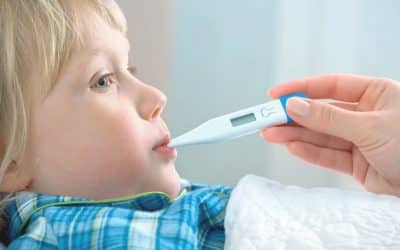Bumbos, Exersaucers, and Jolly Jumpers – Are these safe?
One of the most frequent questions I get asked as a physiotherapist in pediatrics is;
“Can I use a bumbo/floor seat/exersaucer/jolly jumper with my baby?”
This is a highly controversial topic in the therapy world, and often a quite polarizing one.
Over the years even my own opinion has changed as I’ve grown as a therapist and become a mother myself.
To keep it simple, my answer is – YES.
You can use these devices with your baby, provided they are at the right and developmental stage that suits the equipment and follows the manufacturer’s guidelines.
For short periods of time (no more than 20 minutes) and used in their proper way, floor seats, exersaucers, and jumpers are great pieces to use for a change of scenery for your baby while you eat lunch/have coffee/fold laundry/whatever it is you need to do for those few minutes if your baby needs a break from floor time.
With that said, these pieces of equipment should not be used in the place of proper floor time to practice these skills. One of the largest misconceptions with these types of devices is that they are helpful in promoting development. Meaning, “the bumbo will help my child learn to sit”, or “the Jolly Jumper will make their legs so strong!”, or “the exersaucer helps to get them standing!”

Your Child’s Motor Development
When it comes to infant motor development, nothing is more important than your baby having the opportunity to spend time on the floor practicing their skills.
The only time that I will clinically recommend the use of these devices with clients, are with those who have plagiocephaly (flat head) and need to spend time off their backs in order to help improve their head shape.
Even at that, my number one recommendation is to increase the amount of time spent in tummy time.
However, being a mother myself and understanding all the challenges that comes with that, it is perfectly fine to give your baby – and yourself – a break by using these devices.
But that’s what they are there for – a break.
Not in place of practicing other skills.
On that note, should you want to practice those skills, here are a few ideas to help promote sitting and standing:
Sitting:
Independent sitting typically emerges around 6 months, but between 4-6 months you can start to encourage your baby to go into sitting by using their hands to prop themselves up:
- Place a toy between their legs so that they can prop their hands on it for support
- Use a nursing pillow to sit them in so that they have a bit of support/protection around them
- Place pillows all around them and let them fall over to help practice protective reactions (placing hands out to brace the fall)
- Gradually encourage them to reach for toys to help bring their hands up and improve their core strength as they work towards independently sitting
Standing:
Independent standing can be seen as early as 9 months. You can practice some precursor skills by:
- Placing your baby in kneeling at toys to help encourage pulling into standing
- Standing at the couch or coffee table
- Standing at the fridge, window, or a mirror
- While standing at the couch, pass them toys from behind to encourage rotation
- While standing at the couch, pass them toys from the side and low down to encourage “baby squats”
As always, if you have any questions or concerns about your little one’s development, please contact your pediatrician or your local pediatric PT.
